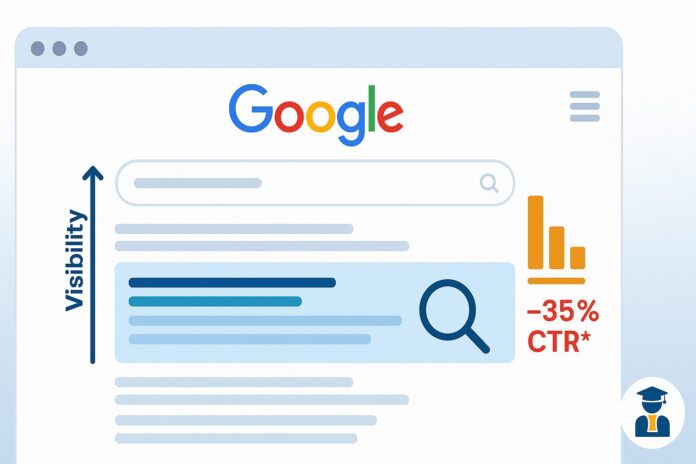The Evolving Search Reality
Google’s AI Overviews (AIOs) have fundamentally altered the search landscape, creating both challenges and opportunities for digital marketers. Understanding the scope and impact of these changes is essential for adapting your SEO strategy.
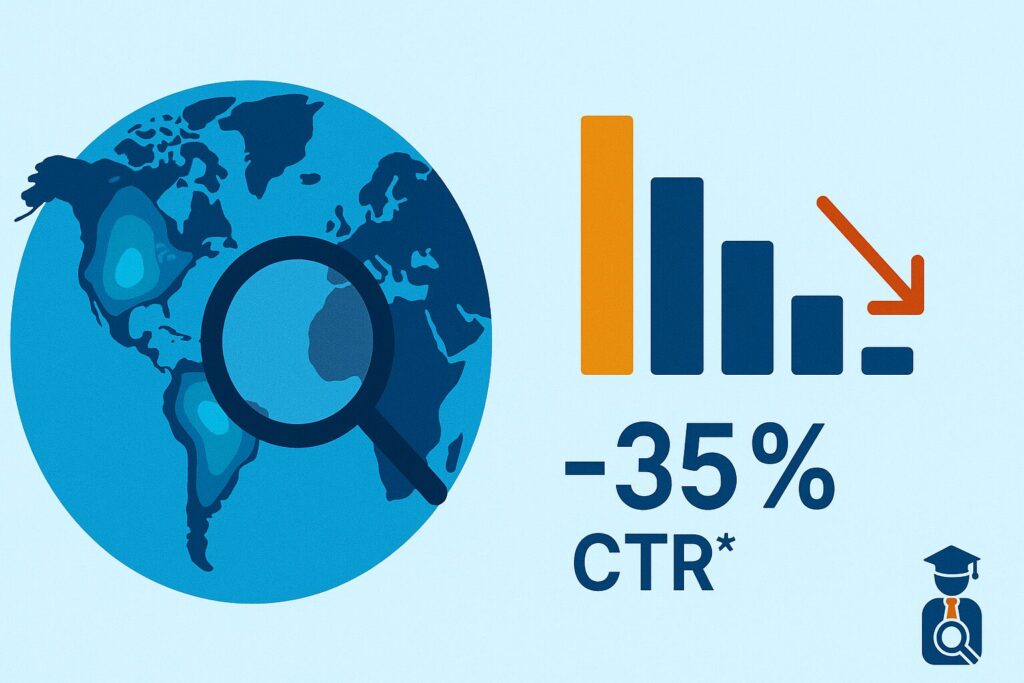
Current AIO Prevalence and Impact
Recent data reveals just how widespread AI Overviews have become:
- Conductor’s April 2025 analysis of 118 million keywords found AIOs appearing on 8.5% of global search queries (Conductor AI Overview study)
- When AIOs appear, organic click-through rates suffer significantly—a Search Engine Journal study documented a 34-35% CTR reduction for the top organic result (SEJ CTR study)
- The trend appears to be accelerating, with Google piloting a Gemini-powered “AI Mode” that completely eliminates traditional blue links for some subscribers (Reuters report)
Why this matters: The traditional rank-and-click search model is rapidly evolving. Optimization now requires getting your content featured within AI answer boxes, not just ranking well in the traditional SERP.
Strategic Keyword Planning for AIOs
Re-segmenting Your Keyword Funnel
To capitalize on AIO opportunities, reorganize your keyword strategy around these high-opportunity segments:
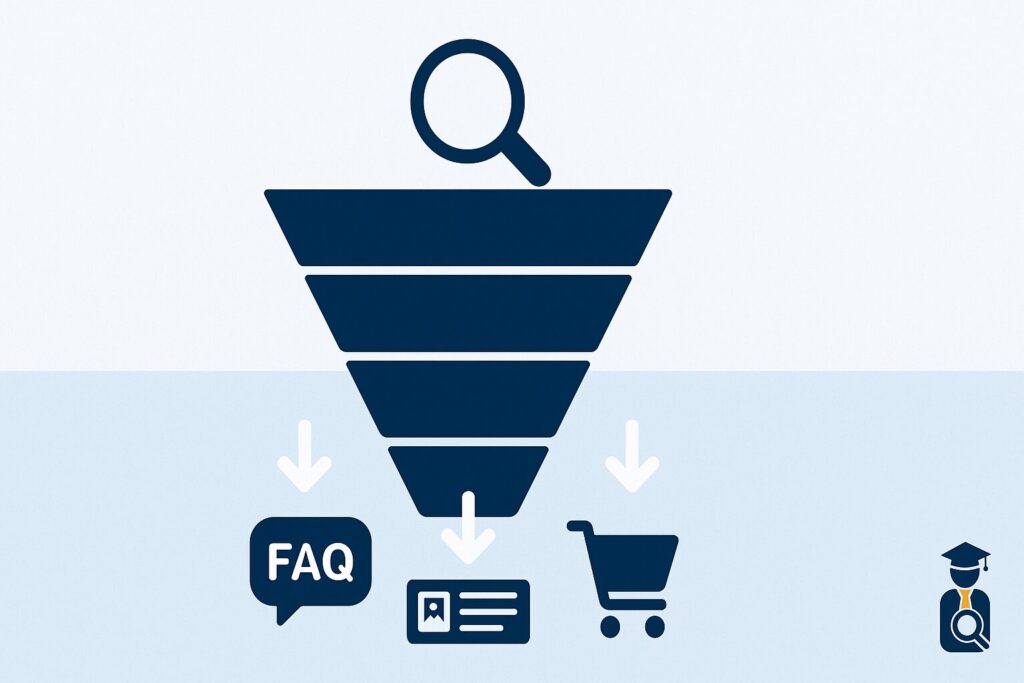
| Keyword Bucket | Why It Works | First Action Step |
| Long-tail Q&A | 27% already trigger an AIO (SEJ study) | Map FAQ clusters with “how/why/best” patterns |
| Featured-snippet overlap | Highest correlation with AIO appearances (BrightEdge guide) | Create concise (≤250 character) definitions |
| Commerce intent | Product & Review schema pages retain 25% more clicks | Implement price, stock & rating markup |
| Volatile head terms | AIO citations change ~70% every 12 weeks (Authoritas volatility study) | Schedule quarterly content refreshes |
Building a Topic Roadmap
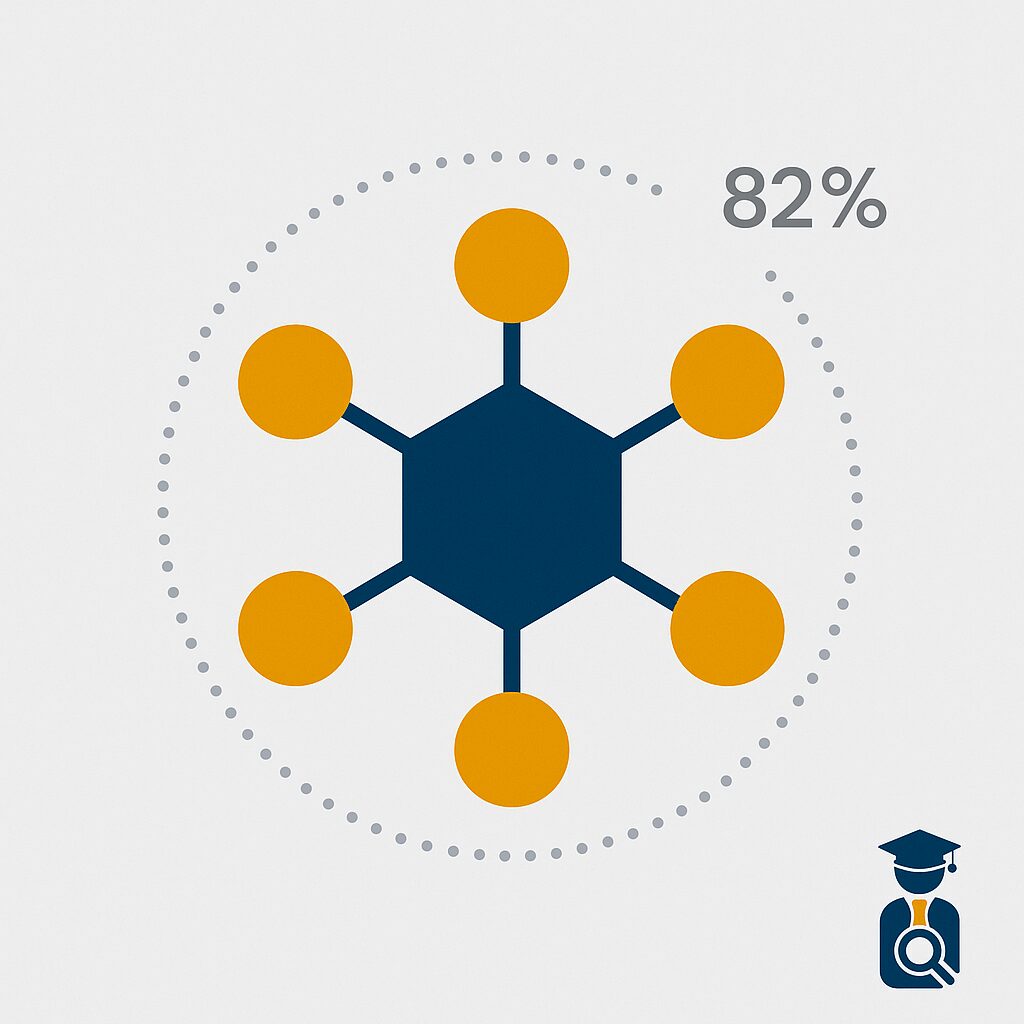
AI Overviews strongly favor websites with comprehensive topic coverage rather than isolated posts. Research from BrightEdge indicates that 82% of AIO citations point to internal pages rather than homepages or top-level content (BrightEdge deep-page report).
Action step: Organize your content into topic clusters with pillar pages that group related guides, FAQs, and case studies under unified topical URLs.
Creating AIO-Optimized Content
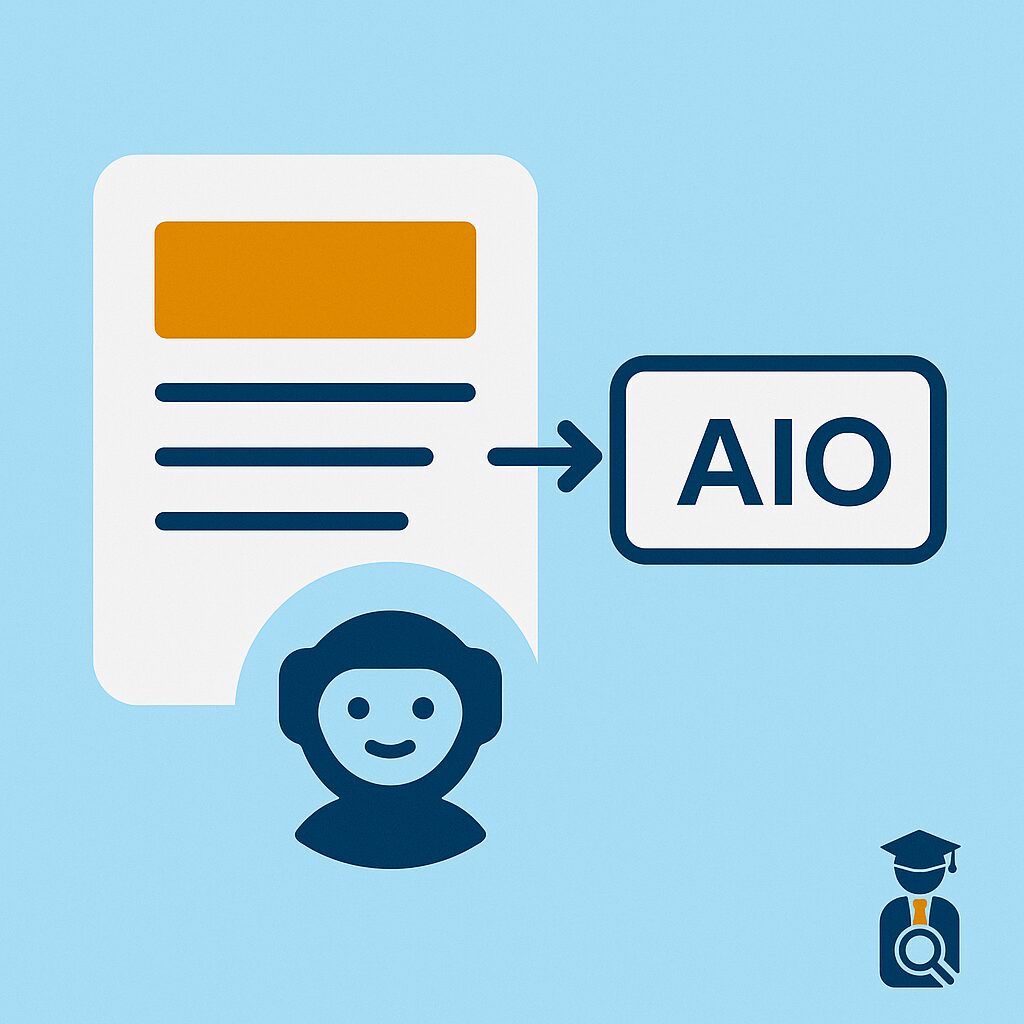
Effective Passage Design

To maximize your chances of appearing in AI Overviews:
- Start with a strong introduction limited to 250 characters or less to align with Google’s preference for concise answers (Google ranking-systems guide)
- Structure content with frequent headers (every 250-300 words) to create easily extractable “chunks” for AI systems (Incrementors explainer)
- Incorporate lists and tables throughout your content—Conductor research shows pages with bullet lists receive 19% higher citation rates in AIOs (Conductor impact blog)
Schema Markup Strategy
Implement these schema types to enhance AIO visibility:
| Schema Type | Benefits | Implementation Resource |
| FAQPage | Clearly flags Q&A content pairs for Gemini | Google documentation |
| HowTo | Enables step-by-step lists (37% visibility boost) | Upgrow SGE guide |
| Speakable | Makes your content eligible for voice answers | Google search gallery |
| Product/Review | Helps retain clicks on shopping-related terms | BrightEdge guide |
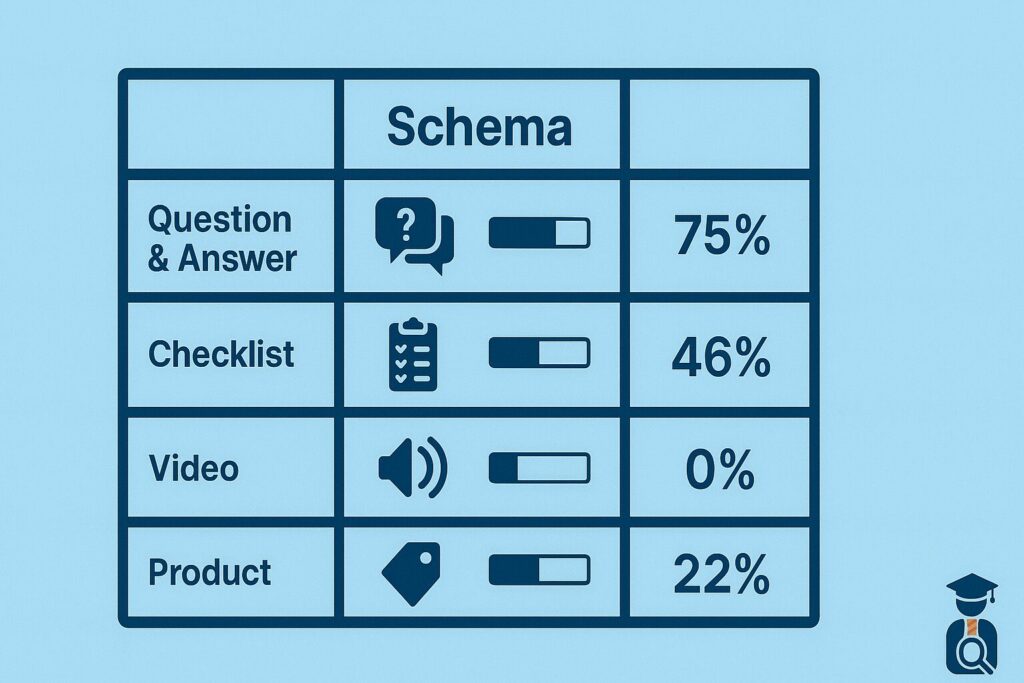
Recovering Lost Clicks
Even as AIOs potentially reduce organic clicks, you can mitigate this effect by:
- Adding a sticky, jump-to index navigation at the top of longer content pages. BluShark Digital’s analysis of 10,000 keywords showed this tactic produced an 8-12% CTR recovery (BluShark report)

Technical Optimization for AIO Success
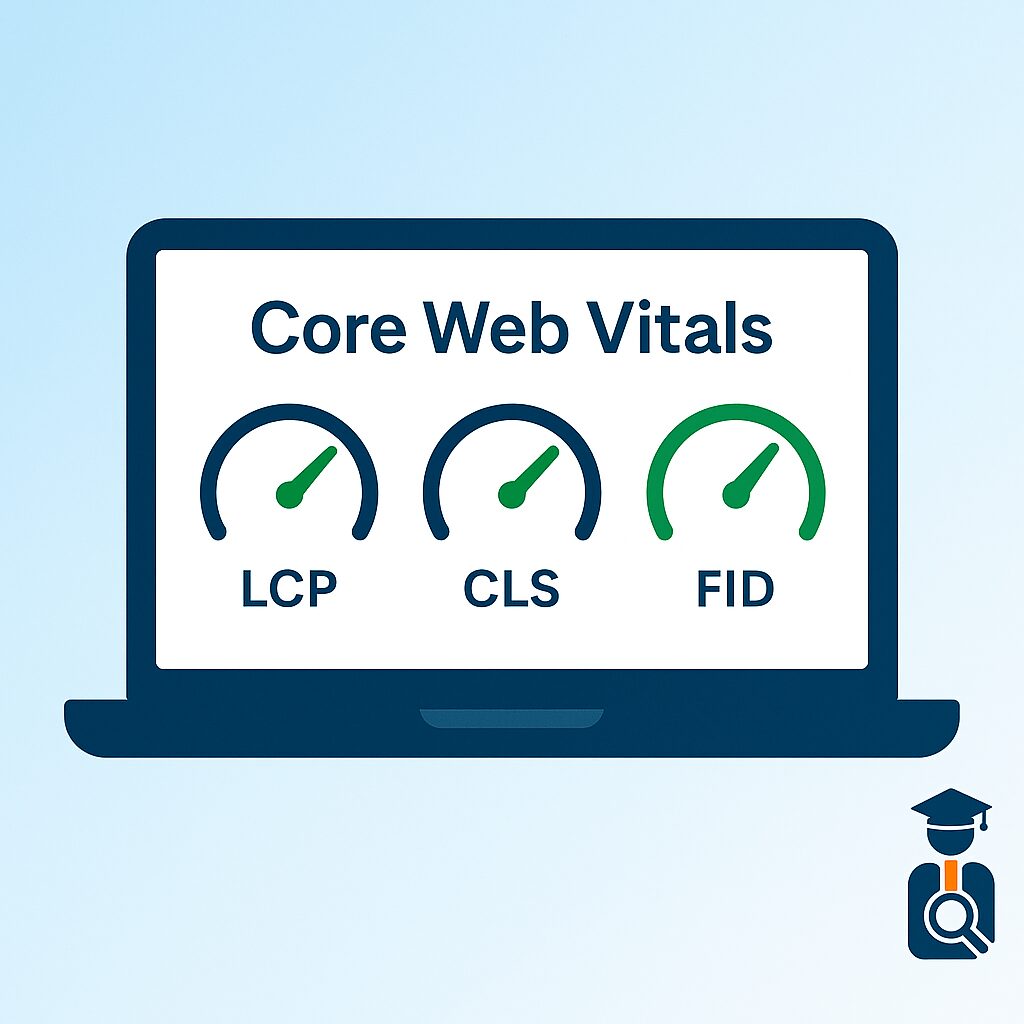
Site Performance Hypothesis and Method
Hypothesis: Improving core web vitals will significantly increase the likelihood of appearing in AI Overviews.
Method: Prioritizing load times and other performance metrics through PageSpeed optimization to meet Google’s threshold for “good” performance.
Key Tools for Technical Assessment
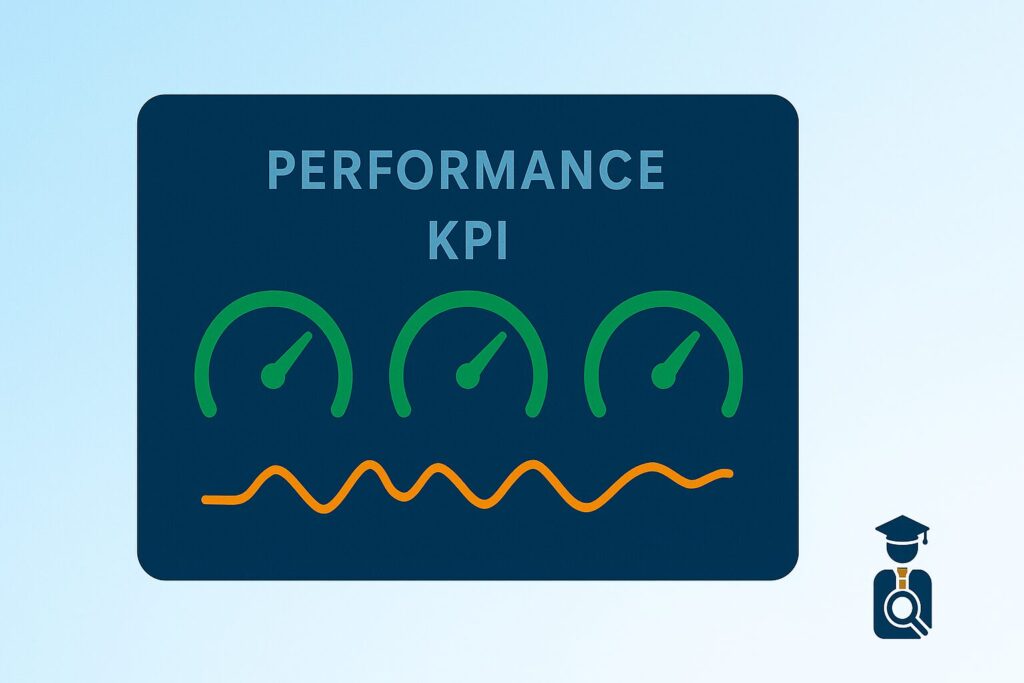
- Google PageSpeed Insights – For measuring and diagnosing performance issues
- Lighthouse – For comprehensive performance audits across devices
- Search Console Core Web Vitals report – For monitoring real-world performance metrics
Key Findings and Recommended Steps
Research confirms that technical SEO fundamentals remain crucial for AIO visibility:
- Core Web Vitals performance is a significant factor—pages failing LCP (Largest Contentful Paint) or CLS (Cumulative Layout Shift) metrics are 18% less likely to be cited in AI Overviews (Seer study)
- Regular XML sitemap pings can accelerate structured data re-indexing, keeping your content fresh in Google’s systems
- Mobile optimization is essential—62% of AIOs first appear on mobile devices before rolling out to desktop within 48 hours (SEJ CTR study)
- Video transcripts now represent 4-5% of AIO citations, making them an important content format (BrightEdge November 2024 PDF)
Enhancing E-E-A-T Signals for AIOs
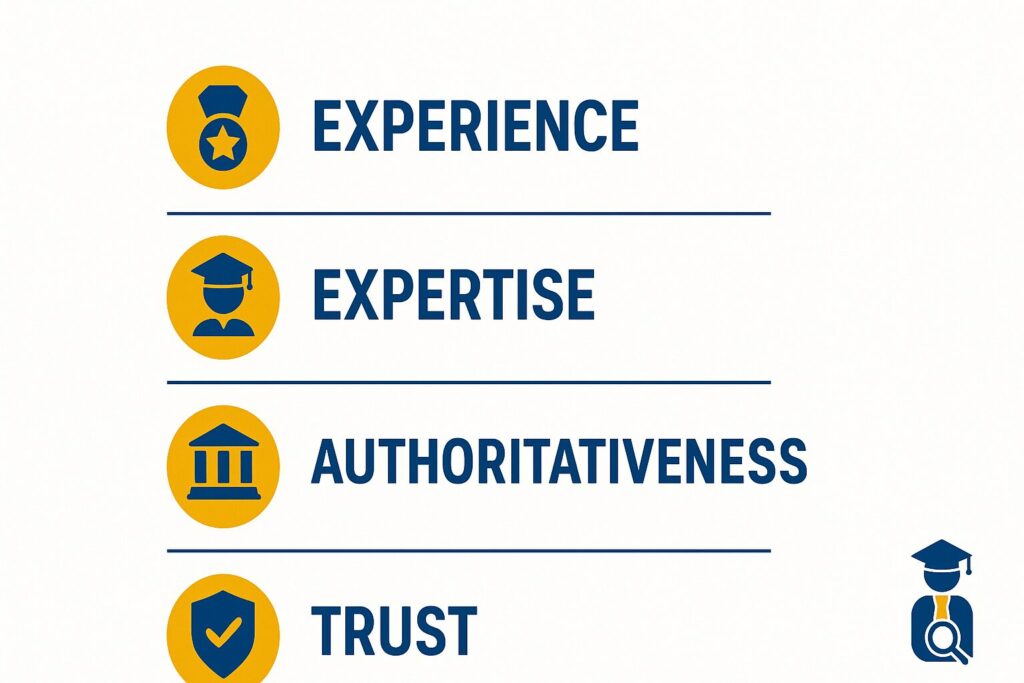
Google continues to prioritize Experience, Expertise, Authoritativeness, and Trustworthiness signals, potentially even more so for AI Overview selection:
- Add Person schema with credentials to demonstrate author expertise—Google explicitly lists author markup as a trust signal (Google Search Essentials)
- Diversify your backlink profile beyond brand mentions—Conductor’s research indicates that non-brand editorial links correlate with higher AIO citation rates
- Monitor content freshness carefully—citation decay typically begins around the 90-day mark, suggesting quarterly update cycles (Authoritas volatility study)
Measurement and Analytics for AIOs
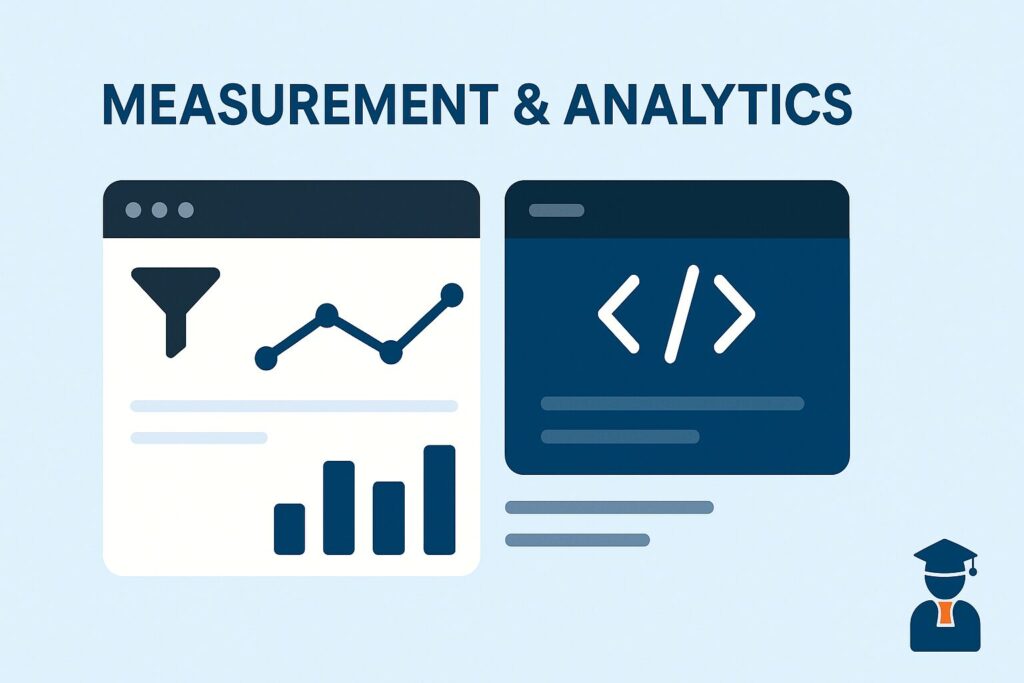
Google is developing dedicated measurement tools, including an “AI Overview impressions” filter in Search Console (Search Engine Land). Until this becomes widely available, consider these measurement approaches:
- SERP API tracking tools (like Advanced Web Ranking) can flag the
ai_overviewattribute - Log file analysis can identify referral-less landings as potential zero-click AIO exposures
- Key performance indicators should include:
- Citation-to-conversion rate
- 30-day volatility score
- AIO pixel share per device
Cross-Industry Case Studies
AIO optimization strategies have proven effective across multiple sectors:
Retail
A clothing retailer added shipping FAQs with Speakable schema and secured the AI Overview position for “same-day delivery clothes,” resulting in a 19% increase in average order value (Rock the Rankings)
B2B SaaS
One company doubled their monthly AIO citations by upgrading documentation with HowTo schema, creating a significant competitive advantage (Upgrow guide)
Finance
Seer Interactive discovered that Google Performance Max Ads are now eligible to appear within AI Overviews, suggesting the value of aligning paid and organic messaging for maximum visibility (Seer article)
Implementation Roadmap
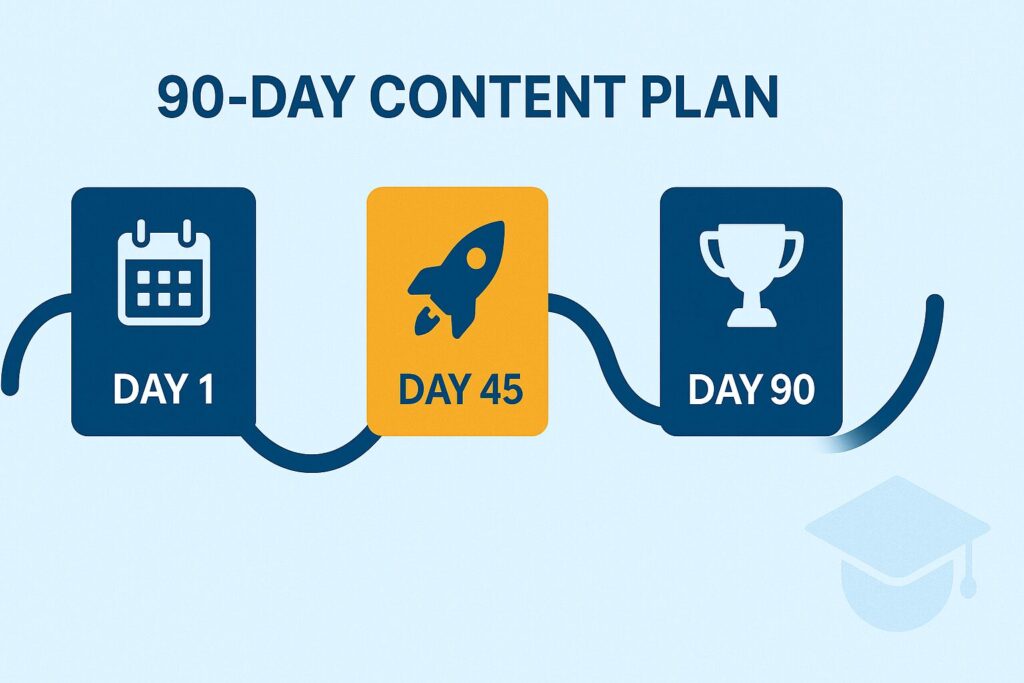
Here’s a practical 90-day plan to optimize for AI Overviews:
Phase 1 (0-30 days)
- Tighten introductory content to under 250 characters
- Add FAQPage schema to top 50 URLs
- Success metric: Pass rich result tests on ≥5 pages
Phase 2 (31-60 days)
- Deploy HowTo and Product schema where appropriate
- Optimize Largest Contentful Paint through site speed improvements
- Success metric: Core Web Vitals “Good” rating on 80% of monitored pages
Phase 3 (61-90 days)
- Publish expert author bios with appropriate schema
- Secure 5 quality editorial backlinks to key content
- Implement AIO tracking capabilities
- Success metric: First AIO impressions logged and measured
Future-Proofing for “AI Mode”
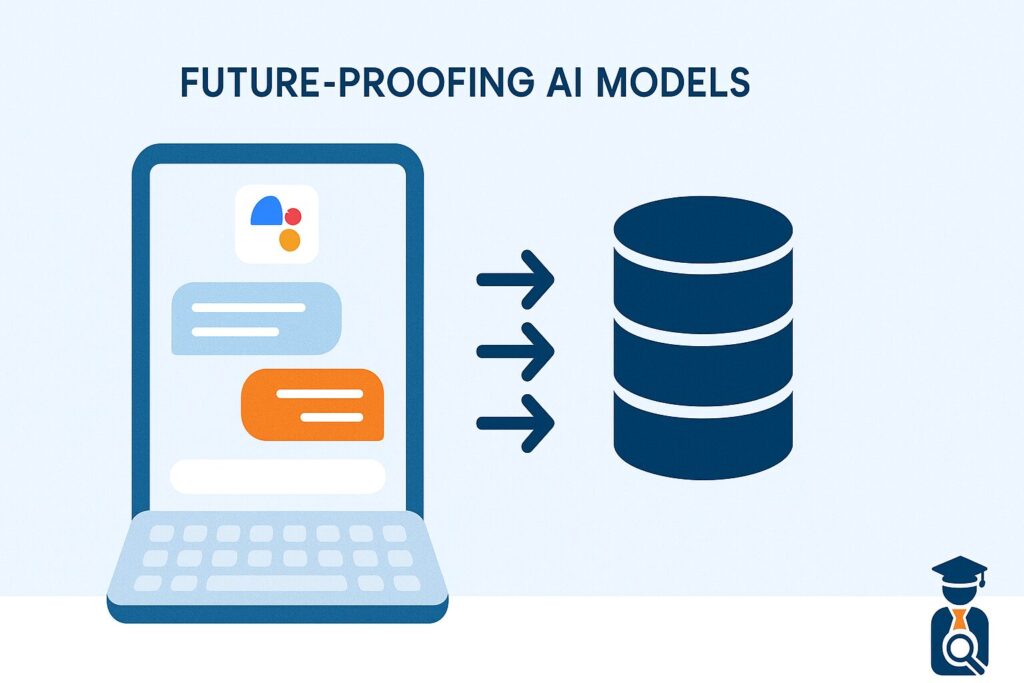
As Google experiments with an AI-only search mode powered by Gemini, prepare for this potential future by:
- Creating structured transcripts for all media content
- Implementing Dataset schema to provide detailed, structured information
- Adding conversation hooks (questions at section ends) to encourage follow-up engagement
- Ensuring your content optimization approach accounts for conversational queries
Key Takeaways
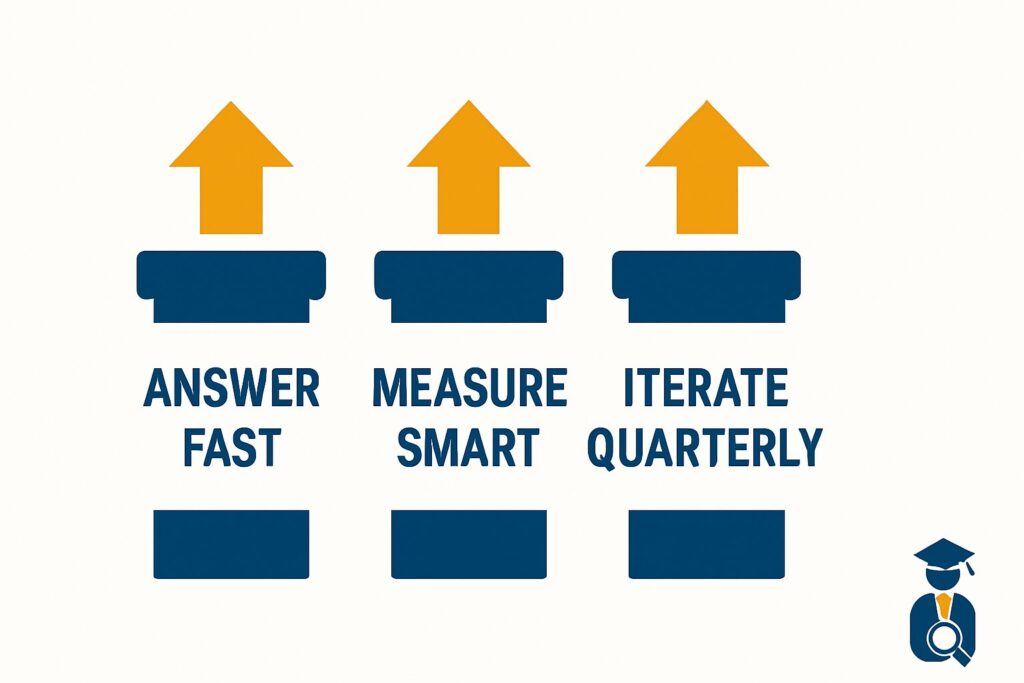
- Answer fast, answer first: Prioritize concise (≤250 character) summaries with appropriate schema to win citations
- Technical excellence matters: Speed and E-E-A-T signals remain fundamental to AIO success
- Measure comprehensively: Separate AIO impressions from traditional blue-link clicks in your analytics
- Maintain freshness: Plan quarterly content updates as AIO links churn approximately 70% every 12 weeks
- Act now: Early adopters who optimize for AI Overviews gain significant visibility advantages while competitors struggle to catch up
By implementing these strategies, you can transform Google’s AI Overviews from a potential traffic threat into a powerful visibility engine—regardless of how search evolves in the coming years.

